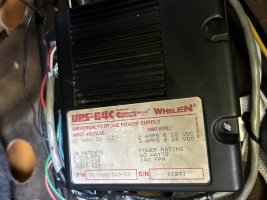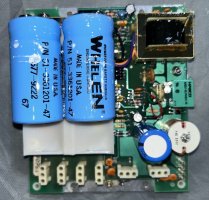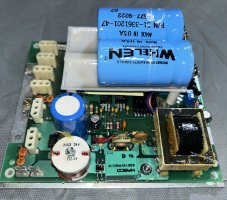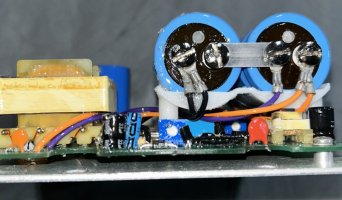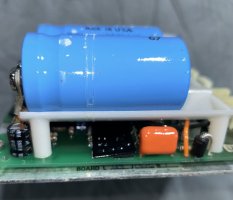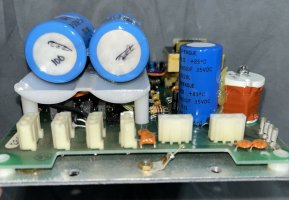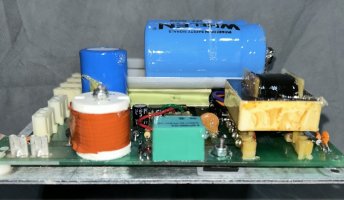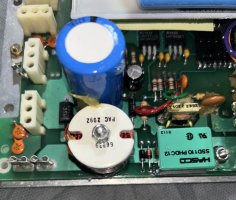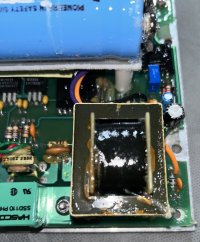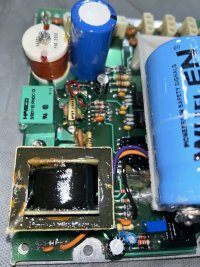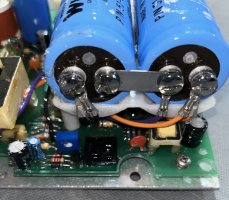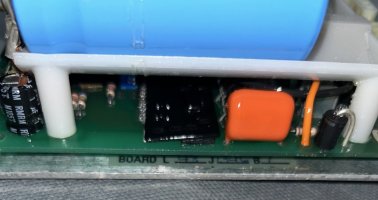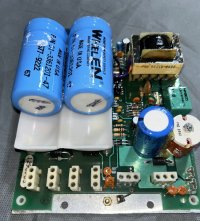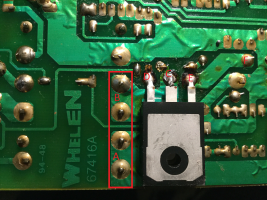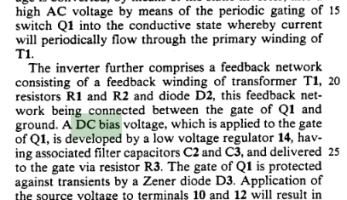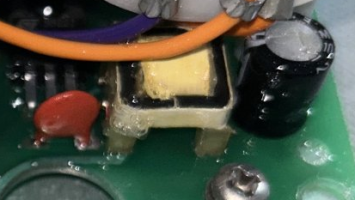Hi all,
So I was not sure where to post with the new site format… vintage or modern…
My car is an Ex TX patrol unit (year 93)… vintage, but still modern? LOL…
Anyhow, it is set up for the Whelen MicorMax Red/Blue Strobes at the front of the vehicle. These strobes are controlled by a Whelen UPS 64C. The strobes were 100% operational without issues, until today.
Nothing has been changed with the install set up or anything else (been working for over a year now without issue).
Today at a car show we had the strobes on and running - about 1hr into the show, the strobes stopped working. I also didn’t hear that distinct noise (cricket chirping??) that the Whelen UPS makes when it’s on.
I come home try to diagnose and am not sure what to look for or how to diagnose since nothing changed in the setup.
When I turn the strobes on now, I can hear the MicroMax distinct noise at the front of the car at each strobe (the “click” for the pulsating at each strobe) and the strobes are very dimly lit/flashing (not super bright as they were normally). The Whelen UPS isn’t making any noise like it normally did…. When I flick the lights on from the Code 3 control box in the car, I hear a click on the Whelen UPS but not that distinct chilling noise.
Can someone please provide me with some guidance? I’m including an image of the UPS:
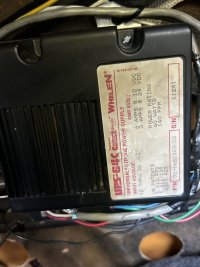
I also checked the fuse at the UPS 64C and all fuses at my distribution strip that runs all the auxiliary equipment - there are no blown fuses at all anywhere…
Also to note - this box and strobes were installed by a prior owner - and again worked 100% when he had the car and when I bought the car over a year ago… today is the first time the stores stopped working.
Do these boxes just die? Or what should I be looking for?
So I was not sure where to post with the new site format… vintage or modern…
My car is an Ex TX patrol unit (year 93)… vintage, but still modern? LOL…
Anyhow, it is set up for the Whelen MicorMax Red/Blue Strobes at the front of the vehicle. These strobes are controlled by a Whelen UPS 64C. The strobes were 100% operational without issues, until today.
Nothing has been changed with the install set up or anything else (been working for over a year now without issue).
Today at a car show we had the strobes on and running - about 1hr into the show, the strobes stopped working. I also didn’t hear that distinct noise (cricket chirping??) that the Whelen UPS makes when it’s on.
I come home try to diagnose and am not sure what to look for or how to diagnose since nothing changed in the setup.
When I turn the strobes on now, I can hear the MicroMax distinct noise at the front of the car at each strobe (the “click” for the pulsating at each strobe) and the strobes are very dimly lit/flashing (not super bright as they were normally). The Whelen UPS isn’t making any noise like it normally did…. When I flick the lights on from the Code 3 control box in the car, I hear a click on the Whelen UPS but not that distinct chilling noise.
Can someone please provide me with some guidance? I’m including an image of the UPS:

I also checked the fuse at the UPS 64C and all fuses at my distribution strip that runs all the auxiliary equipment - there are no blown fuses at all anywhere…
Also to note - this box and strobes were installed by a prior owner - and again worked 100% when he had the car and when I bought the car over a year ago… today is the first time the stores stopped working.
Do these boxes just die? Or what should I be looking for?
Last edited:


